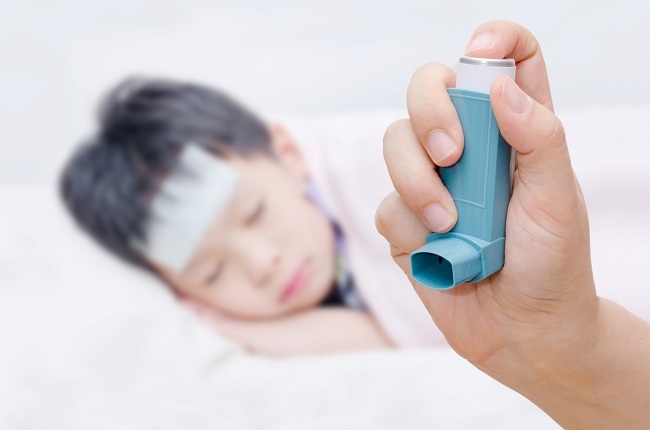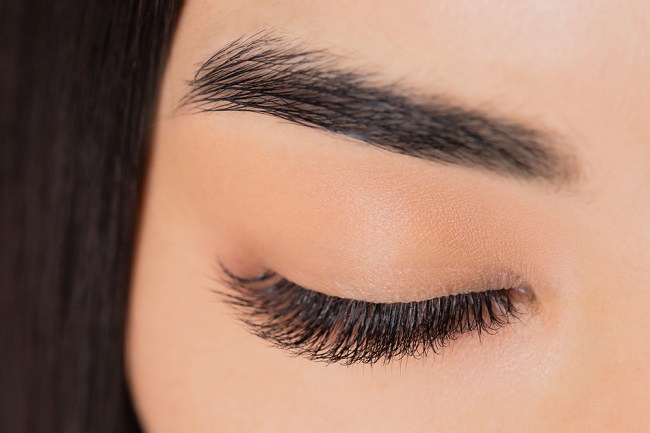Rivaroxaban is a drug to treat and prevent deep vein thrombosis (DVT) or pulmonary embolism. In addition, this drug is also used to prevent stroke or blood clots in patients with atrial fibrillation.
Rivaroxaban is an anticoagulant that works by inhibiting the activity of factor Xa in the blood clotting process. That way, the formation of clots or blood clots in blood vessels can be prevented.

Rivaroxaban trademarks:Nostrok 10, Nostrok 15, Nostrok 20, Rivaroxaban, Xarelto
What is Rivaroxaban
| group | Prescription drugs |
| Category | Factor Xa . inhibitor type anticoagulants |
| Benefit | Prevent and treat deep vein thrombosis (DVT) or pulmonary embolism |
| Consumed by | Mature |
| Rivaroxaban for pregnant and lactating women | Category C: Animal studies have shown adverse effects on the fetus, but there are no controlled studies in pregnant women. Drugs should only be used if the expected benefit outweighs the risk to the fetus. Rivaroxaban can be absorbed into breast milk. If you are breastfeeding, do not use this medicine without consulting your doctor first. |
| Drug form | Film-coated tablets |
Precautions Before Taking Rivaroxaban
Rivaroxaban should only be taken as prescribed by a doctor. There are several things that must be considered before taking this drug, including:
- Tell your doctor about any allergies you have. Rivaroxaban should not be given to patients who are allergic to this drug.
- Tell your doctor if you have or have had liver disease, kidney disease, hypertension, hemorrhagic stroke, gastrointestinal bleeding, antiphospholipid syndrome, hemophilia, anemia, or retinopathy.
- Tell your doctor if you have or have recently had spinal surgery, insertion of an artificial heart valve, spinal or epidural anesthesia, or have a spinal deformity.
- Tell your doctor if you are taking nonsteroidal anti-inflammatory drugs (NSAIDs) or other anticoagulant drugs, such as warfarin.
- Do not consume alcoholic beverages while undergoing treatment with rivaroxaban, because it can increase the risk of gastrointestinal bleeding.
- Tell your doctor if you are planning any surgery, including dental surgery.
- Tell your doctor if you are pregnant, breastfeeding, or planning a pregnancy.
- Tell your doctor if you are taking any other medicines, including herbal medicines and supplements.
- See your doctor right away if you have an allergic drug reaction, serious side effect, or overdose after taking rivaroxaban.
Dosage and Rules for Use of Rivaroxaban
The dose of rivaroxaban is determined based on the age, condition of the patient, and the response of the patient's body to the drug. The following are rivaroxaban doses for adults based on their intended use:
Purpose: Prevent and treat deep vein thrombosis (DVT) or pulmonary embolism
- Initial dose 15 mg, 2 times daily, for 3 weeks. The maintenance dose is 20 mg, once daily.
Purpose: Prevent stroke and systemic embolism in non-valvular atrial fibrillation
- Dosage 20 mg, 1 time a day, taken after dinner.
Purpose: Prevent blood clots in patients undergoing hip or knee surgery
- Dosage 10 mg, once a day. Treatment is started 6–10 hours after surgery. The drug was given for 5 weeks for hip surgery and 2 weeks for knee surgery.
How to Take Rivaroxaban Correctly
Use rivaroxaban as directed by your doctor and always read the instructions for use listed on the medicine package. Do not increase or decrease the dose, and do not take this medicine for more than the recommended time.
Rivaroxaban can be taken before or after meals. Swallow the medicine with the help of a glass of water. Swallow the medicine whole, do not chew or crush it.
If you forget to take rivaroxaban, take it immediately if the break with the next consumption schedule is not too close. If it is close, ignore it and do not double the dose.
Rivaroxaban can increase the risk of bleeding. Always exercise caution while undergoing therapy with rivaroxaban. As much as possible avoid collisions or activities that could cause injury.
Store rivaroxaban at room temperature, in a dry place, and away from direct sunlight. Keep this medicine out of reach of children.
Rivaroxaban Interactions with Other Drugs
There are several drug interaction effects that can occur when rivaroxaban is used with other drugs, namely:
- Increased risk of bleeding if used with other anticoagulants, antiplatelet, nonsteroidal anti-inflammatory drugs (NSAIDs), or SSRI or SNRI antidepressants
- Increased blood levels of rivaroxaban when used with azole antifungal drugs or HIV protease inhibitor antiviral drugs
- Decreased effectiveness of rivaroxaban when used with rifampicin, phenytoin, carbamazepine, or phenobarbital
Rivaroxaban Side Effects and Side Effects
The most common side effect of using rivaroxaban is bleeding. Some of the symptoms that can appear when bleeding occurs are:
- Frequent nosebleeds, bleeding gums, easy bruising, or menorrhagia
- Severe headache or dizziness that feels like you want to pass out
- Bloody urine, bloody stools, or coughing up blood
- Impaired vision, weakness on one side of the body, confusion, or difficulty speaking
Immediately see a doctor if you experience the above side effects or have an allergic drug reaction which can be characterized by the appearance of an itchy rash on the skin, swelling of the lips and eyelids, or difficulty breathing.









